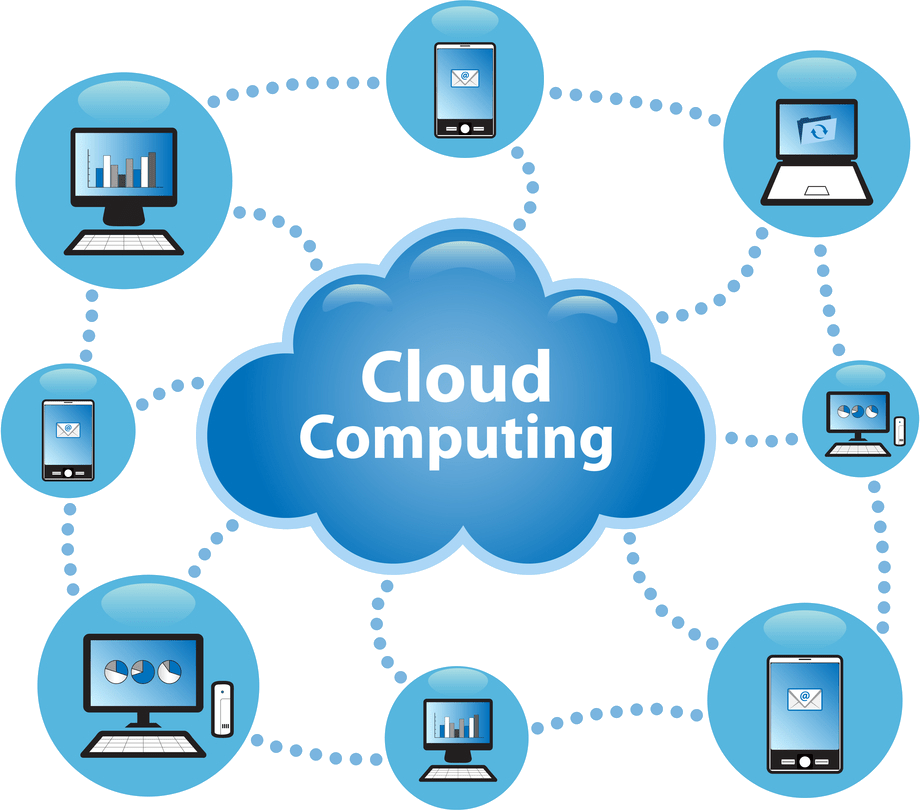Introduction:AWS Solution Architect course is intended for individuals who will Design and deploying scalable, highly available, and fault-tolerant systems on AWS.This certification focuses on the core AWS services, like Identity and Access Management (IAM), Virtual Private Cloud (VPC), S3, and EC2. Studying these core services will give you a good understanding of AWS’s approach to security, networking, data storage, and compute capability
Solution Architect Associate Level:
AWS Training Basics
Intro to Popular AWS Services
Amazon Identity and Access Management (IAM) – User, Groups, Roles
Amazon Virtual Private Cloud (VPC) – Default/Custom VPC, VPC Components, VPC Peering
Amazon Simple Storage Service (S3) – Types of storages, Versioning, Life Cycle policies, Cross region Replication,
Amazon Elastic Compute Cloud (EC2) – Intro, types of Volumes, types of instance types, Pricing, NAT,
Amazon Elastic Block Storage (EBS)
Amazon Relational Database Service (RDS) – Introduction, types of DBs, Multi-AZ, Read replicas, Backups, Security and Encryption, RDS Scaling
Amazon Dynamo DB
Amazon Elastic Load Balancer (ELB) – Types, Health Checks, Listeners, Monitoring,
Amazon Route53
Amazon Cloud Watch
Auto Scaling of EC2 Instances


